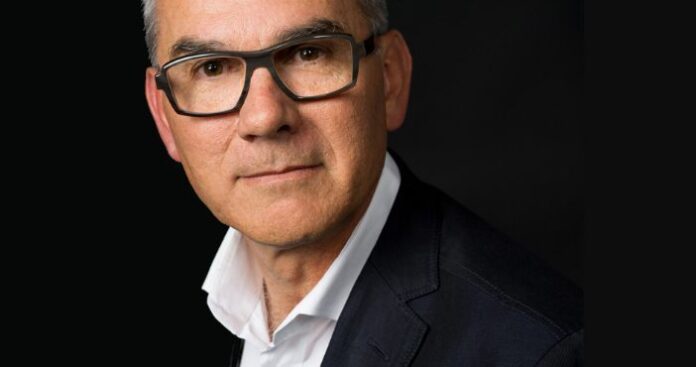Range Networks is moving from the lab and pilot-project stage into more significant deployments of its open-source cellular systems and seeking to become a platform for innovation, according to the company’s new chief executive officer, Ed Kozel.
“We’re taking Range out of the lab phase into production, into the real world,” Kozel said. “We were in the lab, and something that universities loved, but we weren’t ready for a real operator — and now we’re engaging in those kinds of projects.”
Kozel was an investor and advisor to the company before taking the position of interim CEO last summer, and early this year took on the role full-time. He previously worked at Deutsche Telecom as its chief technology and innovation officer in Germany, and has served as an executive at Cisco and on the board of directors for Red Hat.
Range is endeavoring to make open-source base stations a viable player in the cellular market. The company started in 2007 and has deployed its networks around the world, particularly in rural markets and hard-to-reach areas such as Antarctica that present major challenges for traditional cellular deployments. But the company is ramping up, Kozel said, in order to take advantage of open source networks not just as a low-cost coverage option, but as a means to support an innovative ecosystem in a way that traditional base stations do not.
“Mobile infrastructure, mobile service in general is a vast market — yet it’s one of the last large markets where open source is not present,” Kozel said. He called open source “a transformative agent that reduces the cost of whatever it touches” while making technologies more widely available and creating new markets.
He used the metaphor of mainframes versus personal computers — saying that, for instance, a cellular base station is comparable to a mainframe computer in being a closed system, exclusive to its particular manufacturer. Open source, he said, allows a base station to evolve from a product to a platform upon which innovation and new markets can be built.
Traditional cellular systems, Kozel said, “work very well. But they are complex, closed, and proprietary, and I would surmise that five years from now, we will look back at them and say they were great, but they were mainframes that were not open to innovation.”
Range, he said, is moving beyond investors and labs and is starting to work with small operators “who are interested in building good, old-fashioned public service infrastructures.
“That is a step up in complexity and challenge for us,” Kozel added. “We are evolving to do that.”
One of Range’s recent projects have included its OpenBTS product being used for search and rescue in Iceland, by Rӧgg Corp., to find lost hikers. Kozel described being able to find people who are carrying cell phones but are off the main network, by carrying the OpenBTS equipment on a helicopter flying in arcs. Because the developers had access to the timing information for the equipment, they were able to develop the proper code to triangulate a device’s position.
Last month, the company made its latest release of its OpenBTS software, which is available as a free download. In a statement at the time, Range said that it expected the improved performance of the new release to lead to “an increase in new and interesting applications, services and OEM integration based upon the OpenBTS 4.0 platform.”
At Cisco, Kozel was involved in the company in its early days, and says that he sees similarities in how Range’s products have garnered significant word of mouth.
“This is the first company since Cisco I’ve seen this at, where there’s just a groundswell of interest and demand globally for what this company makes,” Kozel said. “That’s a sign. That’s a sign that there’s something very interesting happening, and that’s really what attracted me to the company.”

